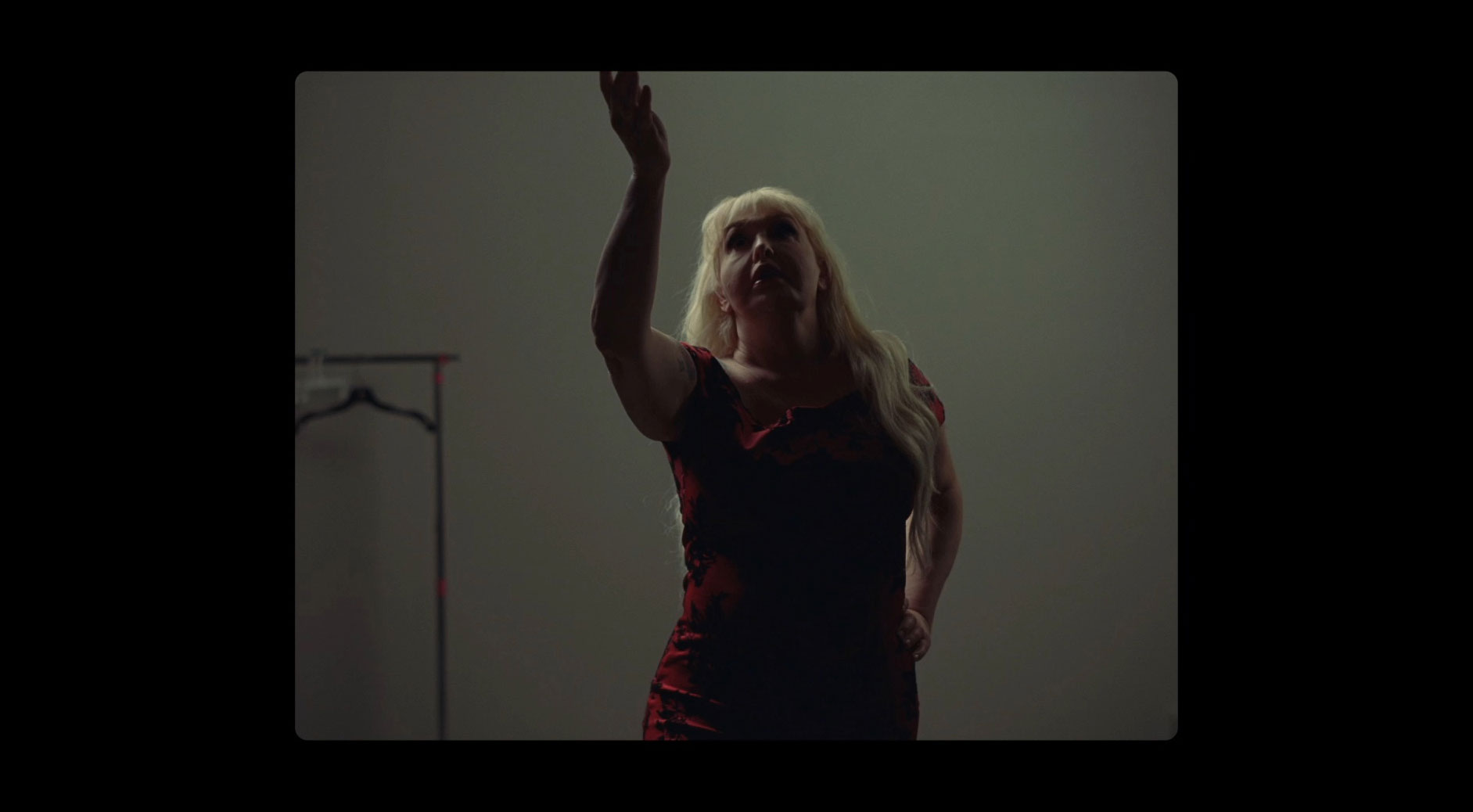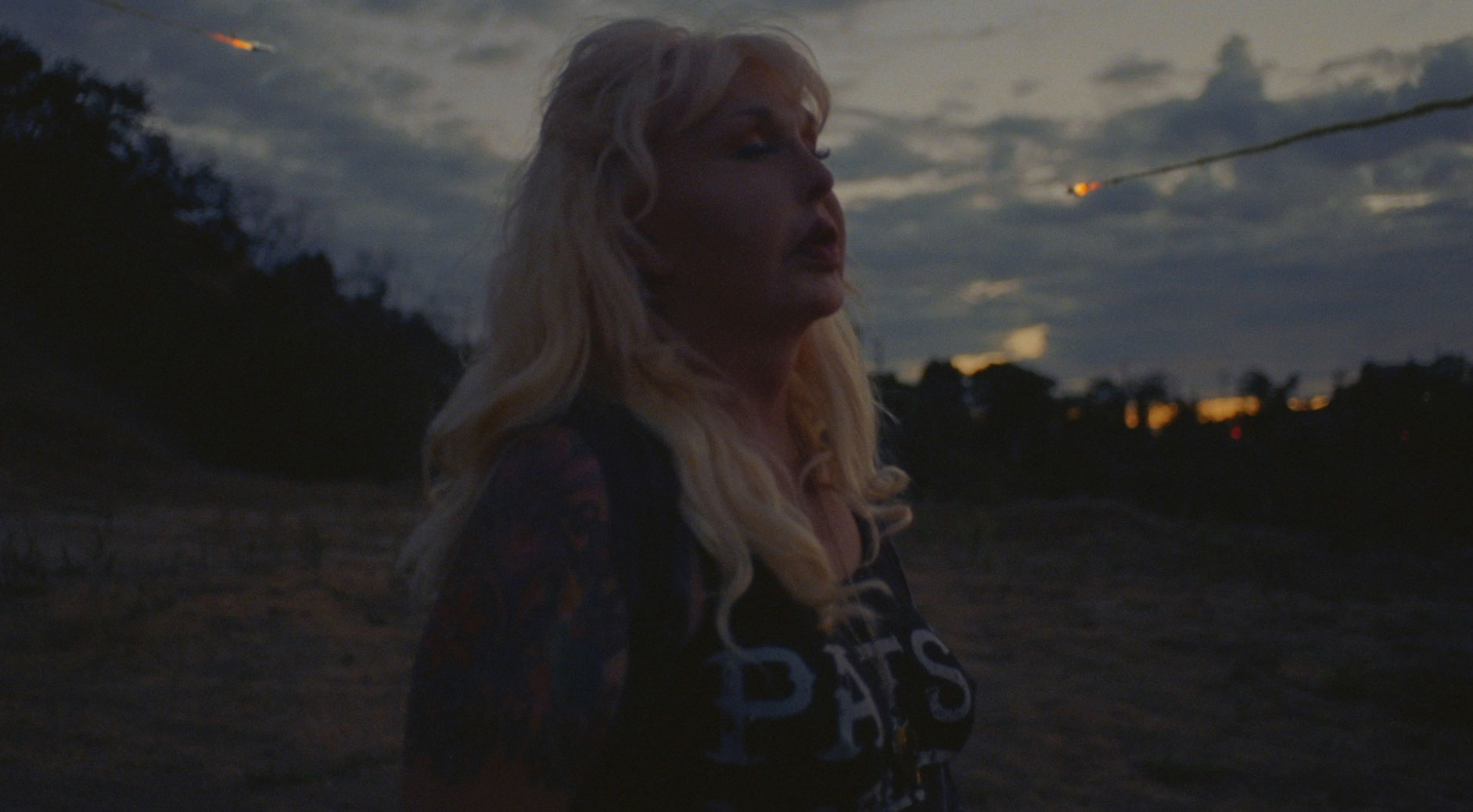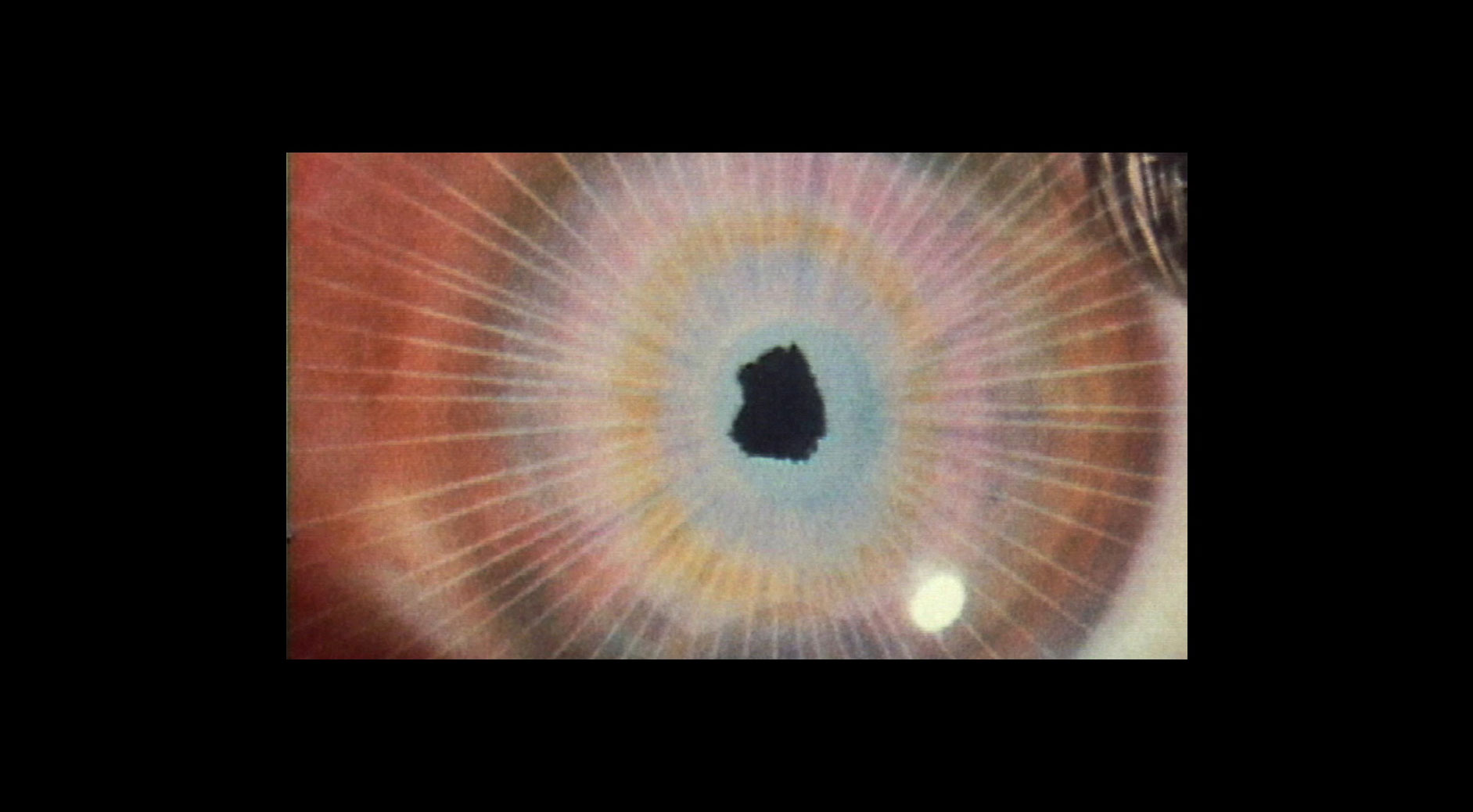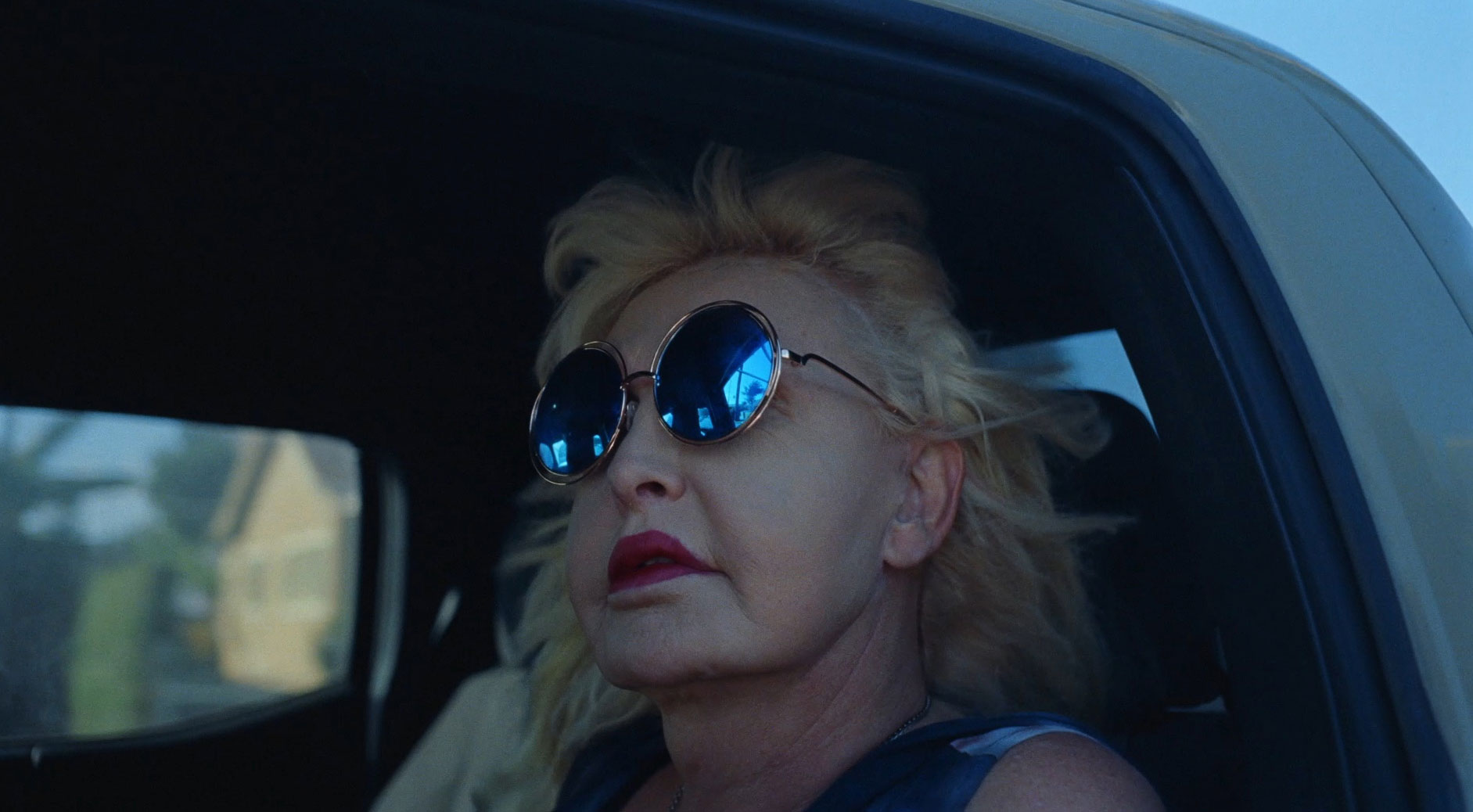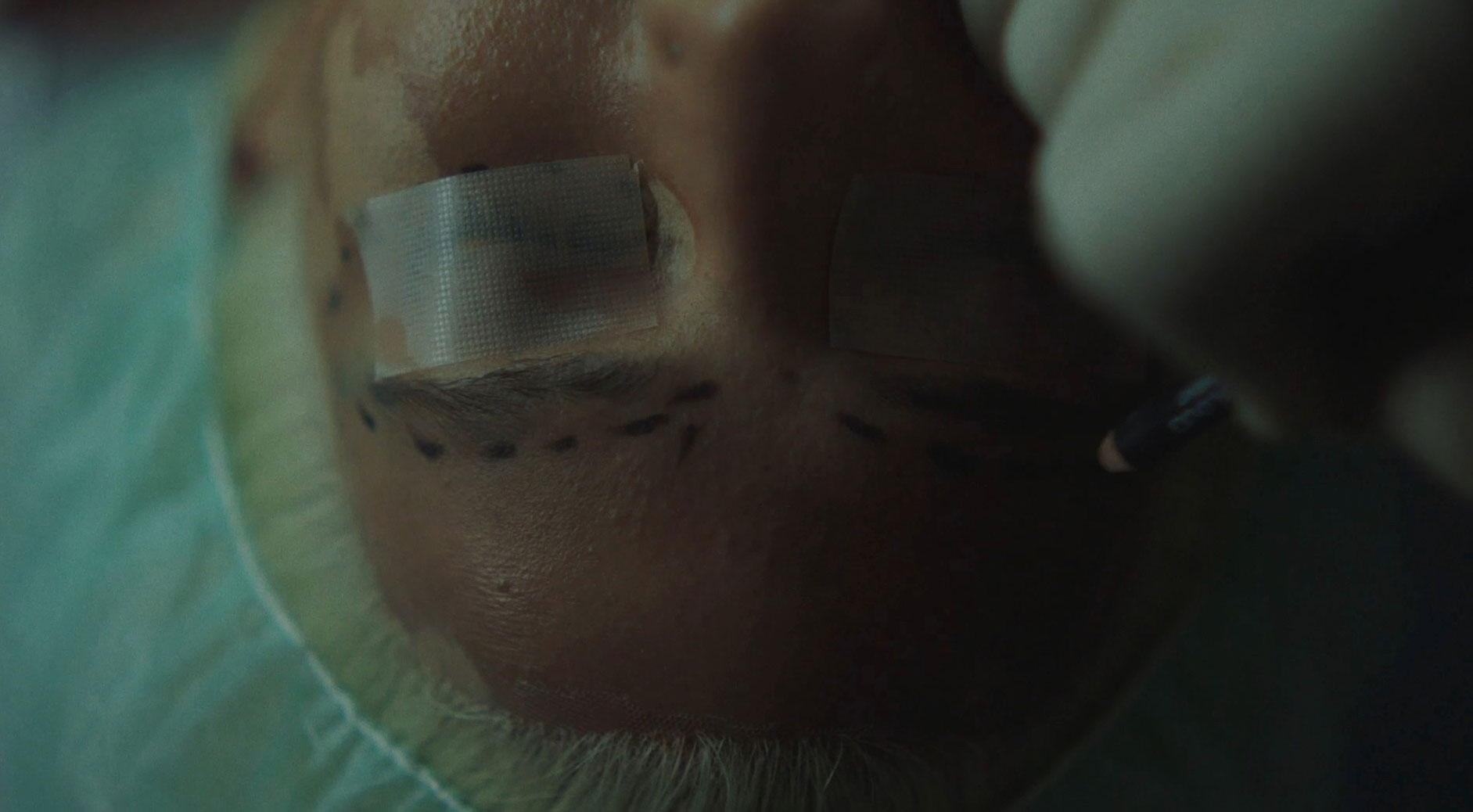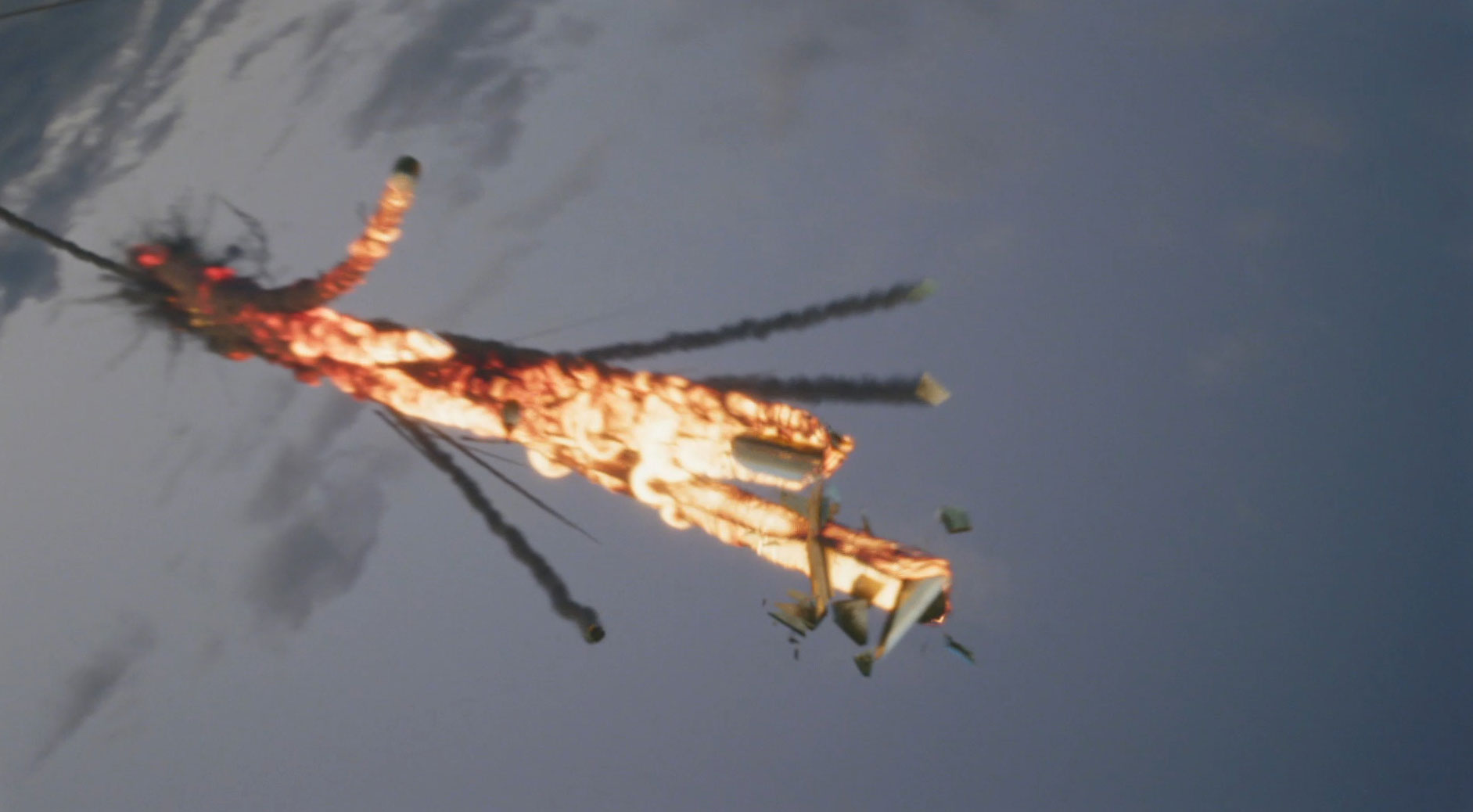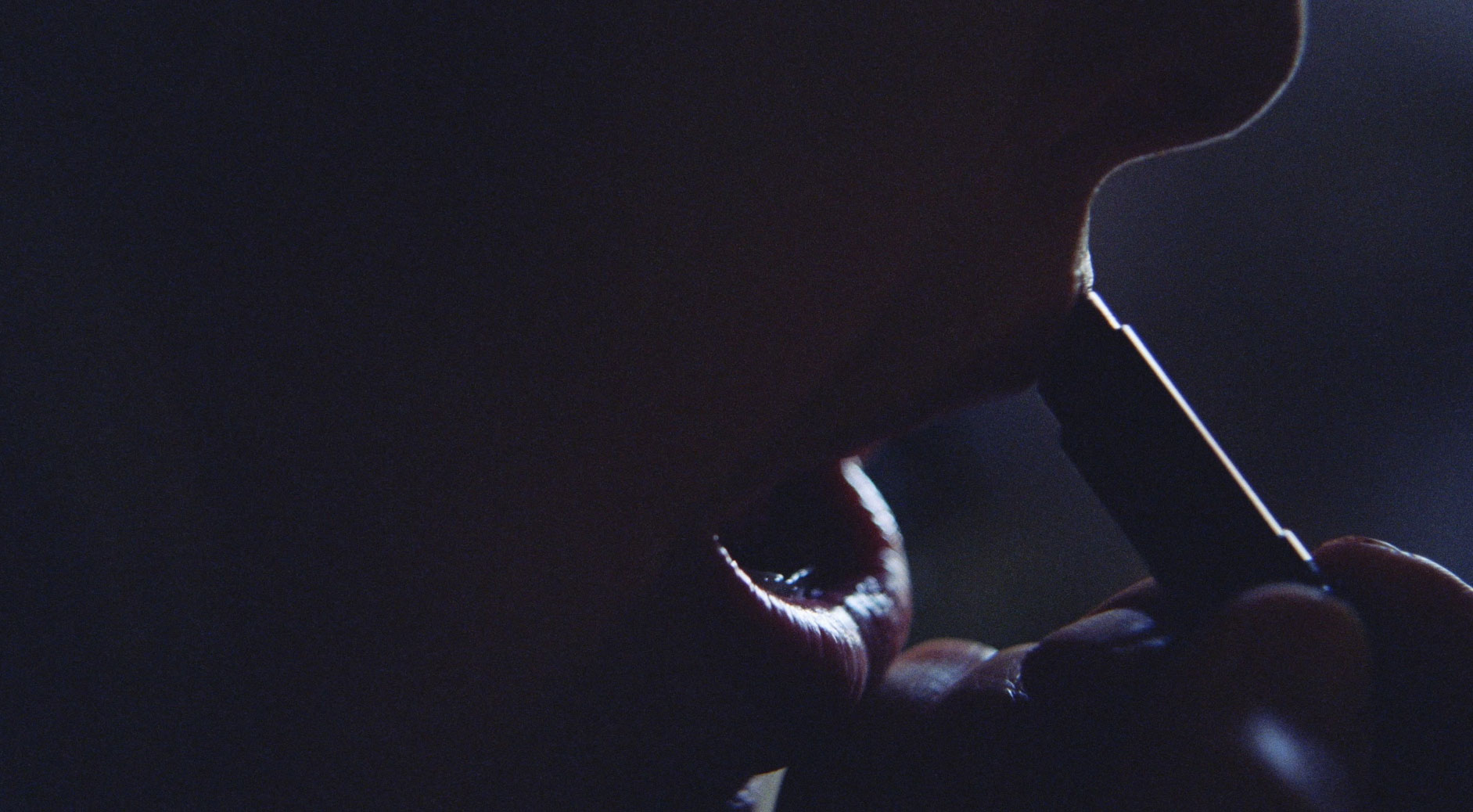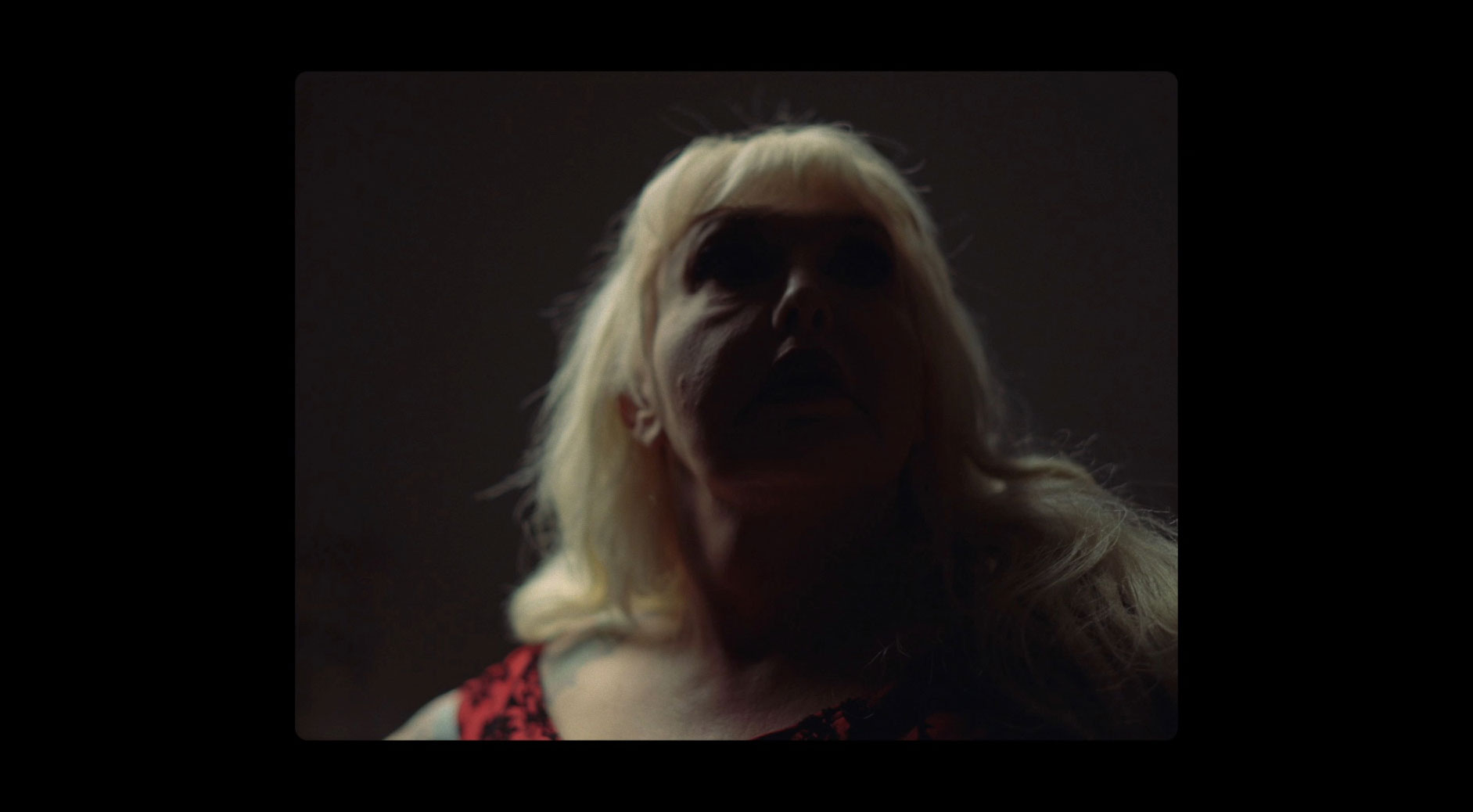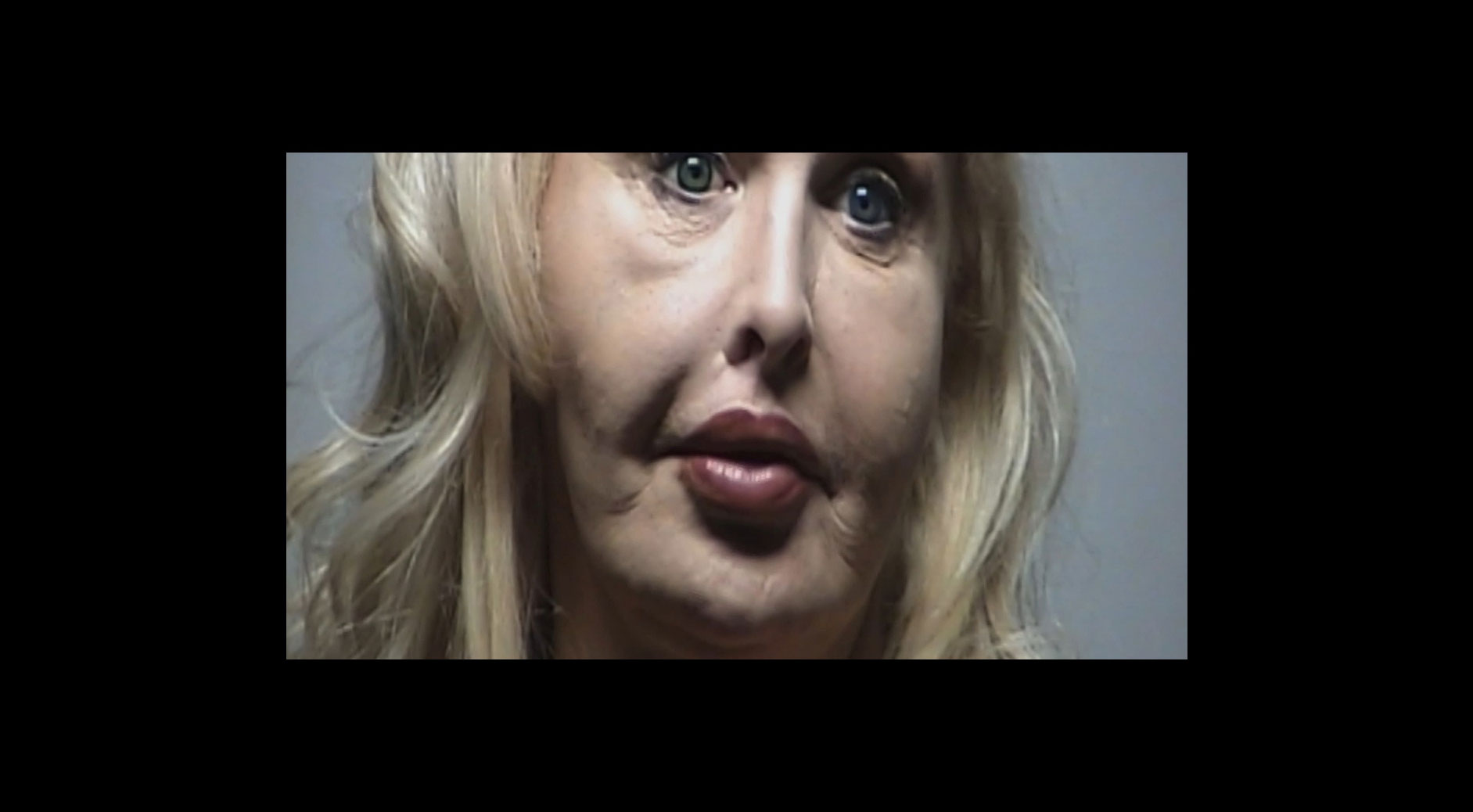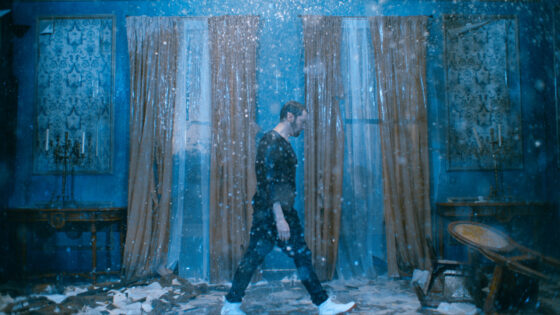Case Study
Carbon
- Executive Producer Phil Linturn
- Executive Creative Director Liam Chapple
- Producer Beth Skopp
- Colorist Aubrey Woodiwiss
- Color Assit Briana Brackett
- CGI/Nuke Adam Thompson
- CGI/Nuke Danny Noren
- CGI/Nuke Tim Sepulveda
- CG Artist Alex Rumsa
- CG Artist Katie Heady
- Lead Flame Michael Sarabia
- Flame Assist Steven Wind
External
- Starring Tuesday Thomas
- Director Christopher Hewitt
- Producer Christopher Hewitt
- Director of Photography Ian Rigby
- Music Michael Price courtesy of Erased Tapes
- Editorial Company Whitehouse Post
- Editor Adam Marshall
- Edit Assistant Rachael Hamburger
- Edit Producer Caitlin Grady
- Cast Joy Pilarte, Annalise Mishler, Peter Jablonski, Jordan Taylor, Marcella Lee, Mario Ponce, Lauren Powers, Maya James
- Steadicam Nick Müller, SOC
- First AC Allan Chavarria
- First AC Karla Wilson
- Gaffer Derek James Robinson
- Key Grip Shun Goldin
- Additional Cinematography Pat Scola
- Music Supervision SixtyFour Music
- Sound Designer/Mixer Aaron Reynolds
- Executive Producer Vicky Ferraro
- Audio Assistant Andrew Gualtieri
- VTR Xac Hammer
- Sound Chantilly Hensley
- Boom Op Josh Haycraft
- Film Reel Good
- Film Process Fotokem
- Film Scan Thom Kuo
The atmospheric and harrowing short film “Catastrophe Anthem” from director Chris Hewitt is an exploration on the cataclysmic state of our society. The Carbon team worked tirelessly to design, animate, and finish the immersive and catastrophic landscape of the film.
Performer Tuesday Thomas speaks directly to the audience about the state of the world as we hurtle towards the film’s climactic denouement: the sky alight with airplanes burning and crashing to earth while Tuesday urges us to take back control of our minds.
A large focus of Carbon’s work was accurately depicting planes crashing to earth. Artist Alex Rumsa spent countless hours watching videos and clips of planes burning and falling from the sky as part of his research before designing the initial flight paths and animating the planes spinning in the sky.
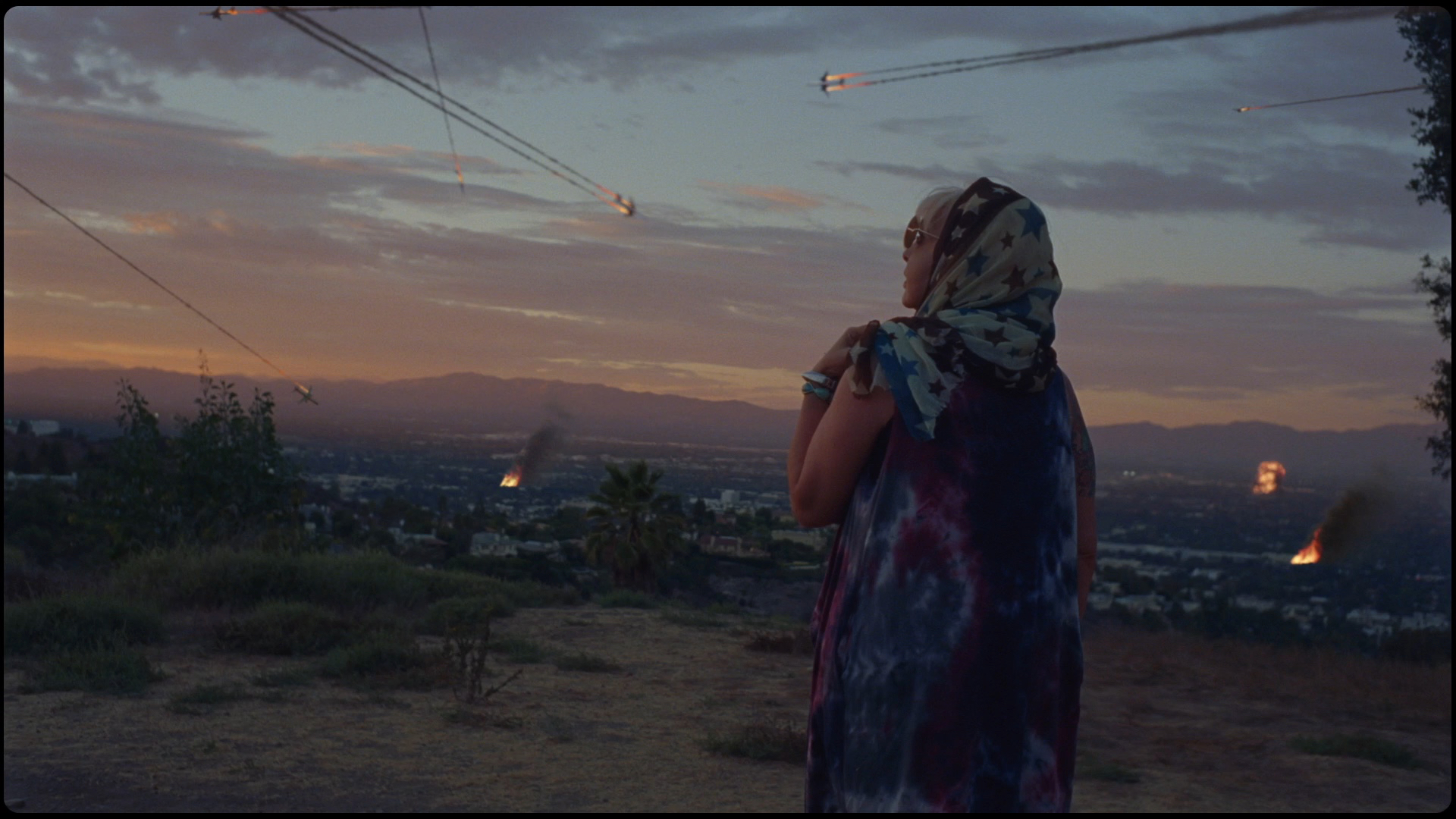

Details such as the design of the smoke trails leant to the film’s overall realism and believability. Artist Adam Thompson created a Houdini procedural smoke animation system to craft the smoke trails left by the planes. This allowed him to draw a 3D spline and define the plane animation for the duration of the shots. The tool used the animation and the spline to extrapolate what the smoke trail would look like backwards in time. It would also dynamically change the resolution of the smoke depending on its distance from camera. Being procedural, the shape and look of the entire smoke trail could be updated in real time without having to do expensive simulations. Some of the smoke trails were rendered on long narrow canvases and positioned in Nuke to be used for the distant planes that didn’t require as much detail.

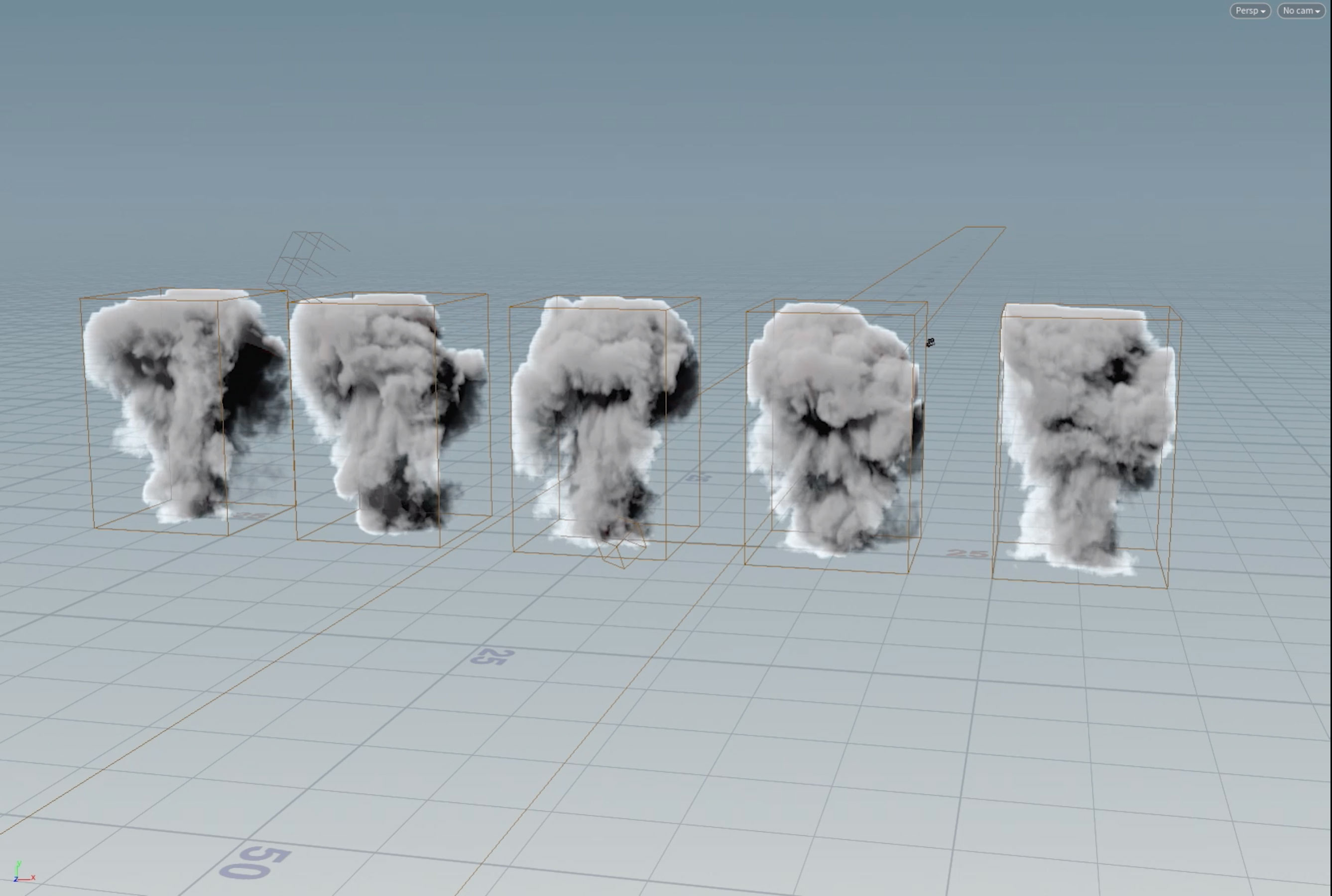

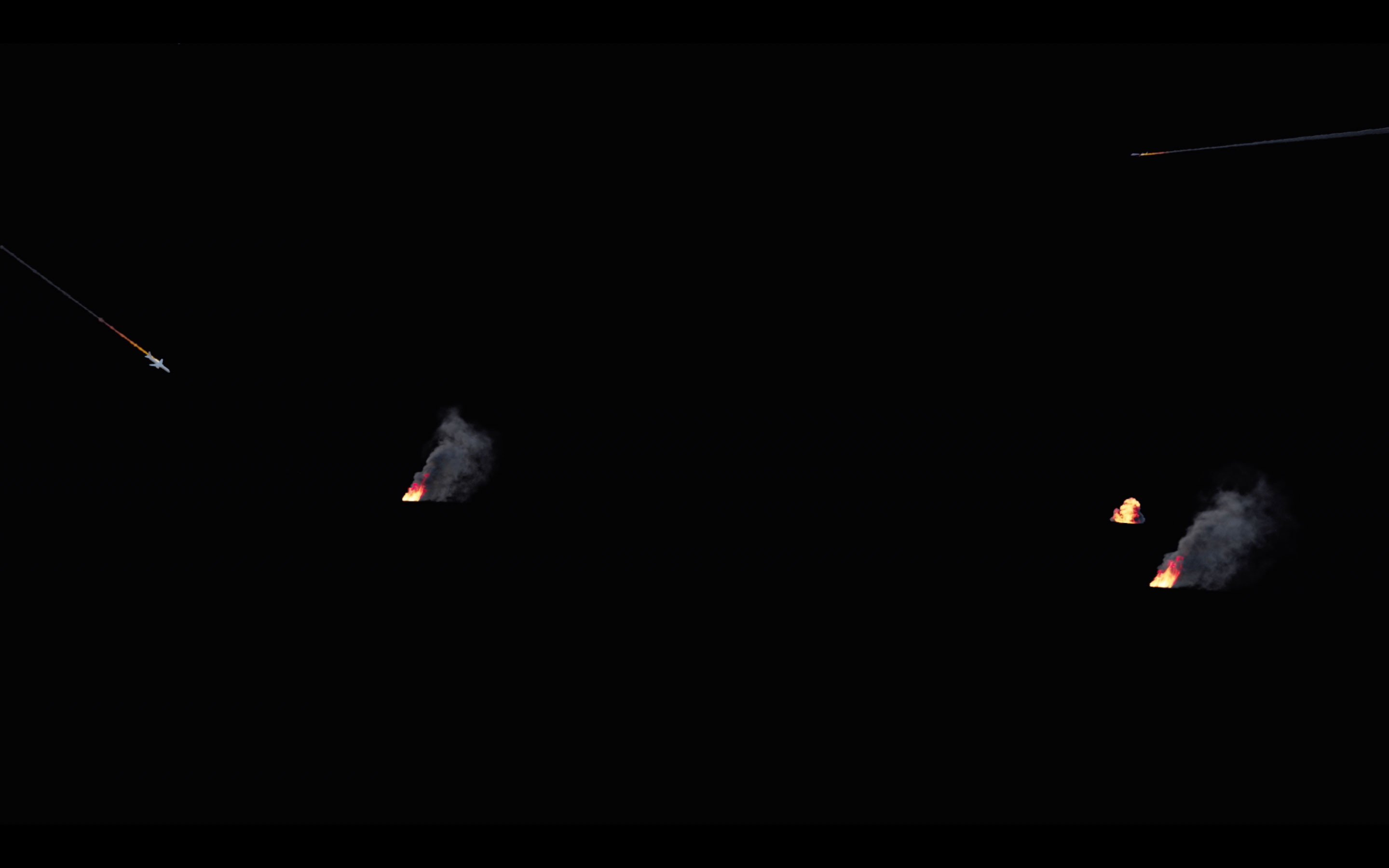
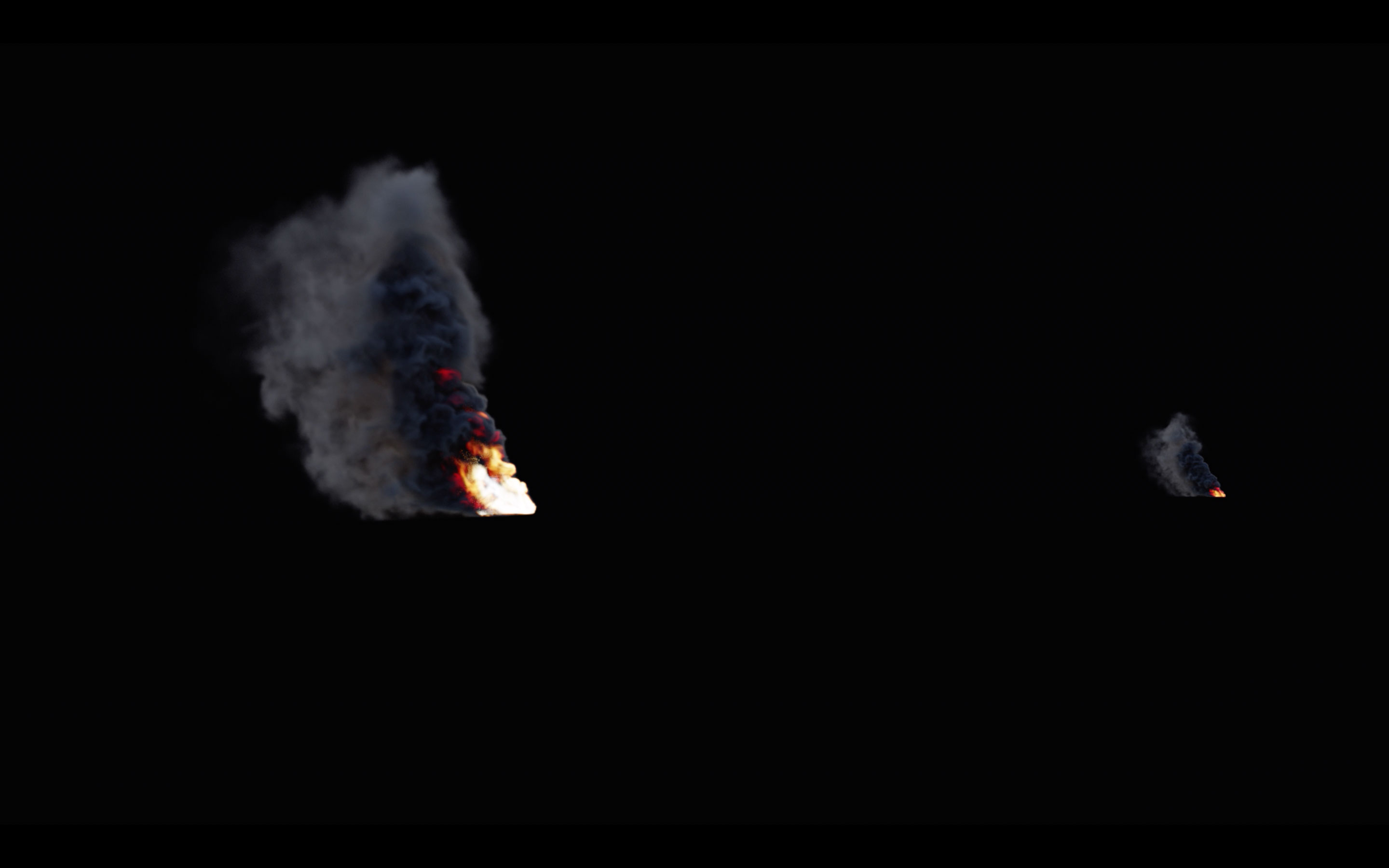
Artist Danny Noren worked mainly on the pyro simulations involving explosions. Initially, we did R&D/look development for how large scale gas-driven explosions looked and moved. Then a “base simulation” was created with the correct scale, timing, and appearance. From there we rendered about 30 different variations of the base by applying unique noise patterns to each iteration, also adding in particles that interacted with the sim to imitate debris and wreckage flying through the smoke upon impact. Once the simulations were completed, we populated each shot with all the different iterations and re-timed them to coincide with the impact of the planes.
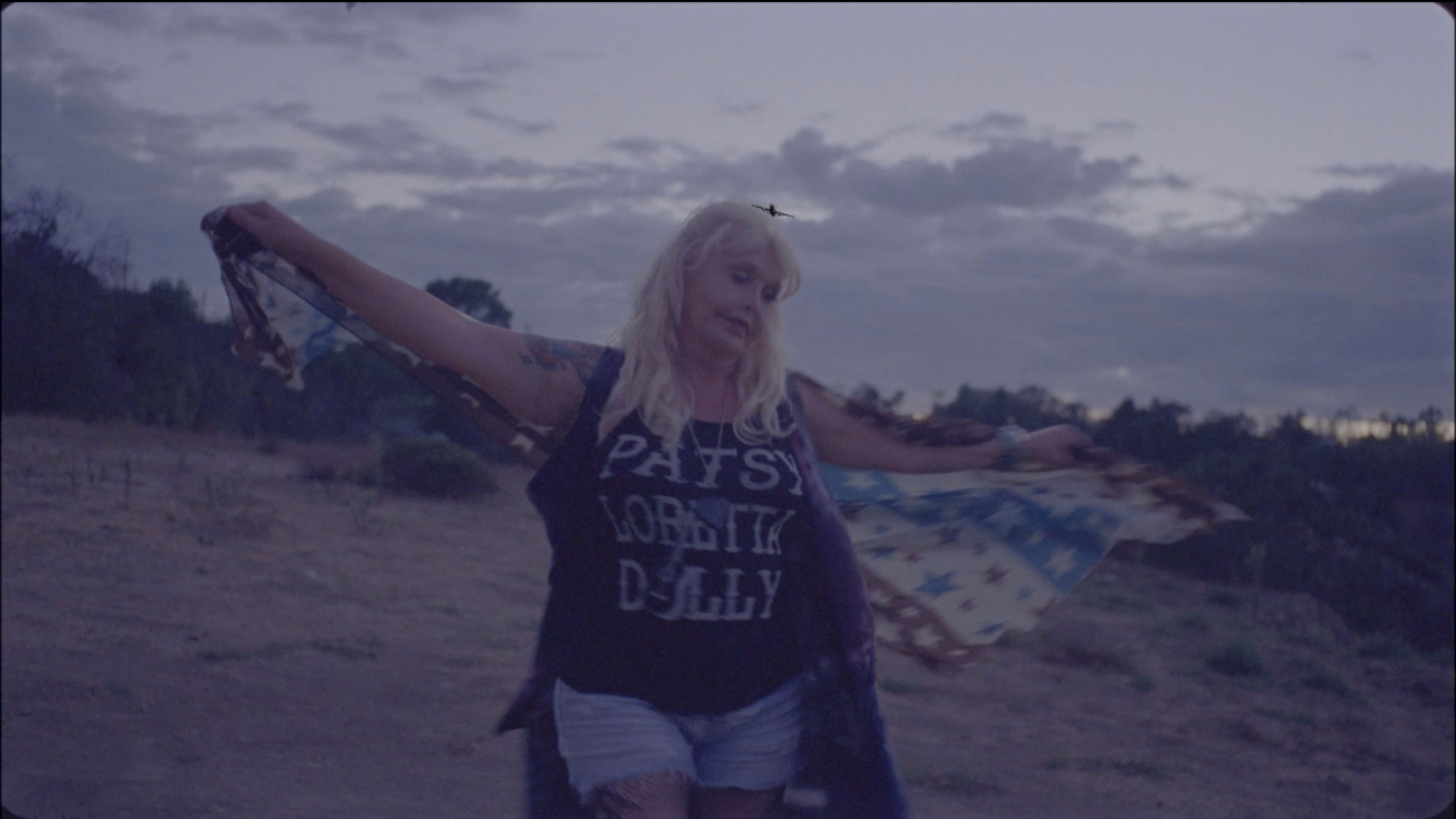
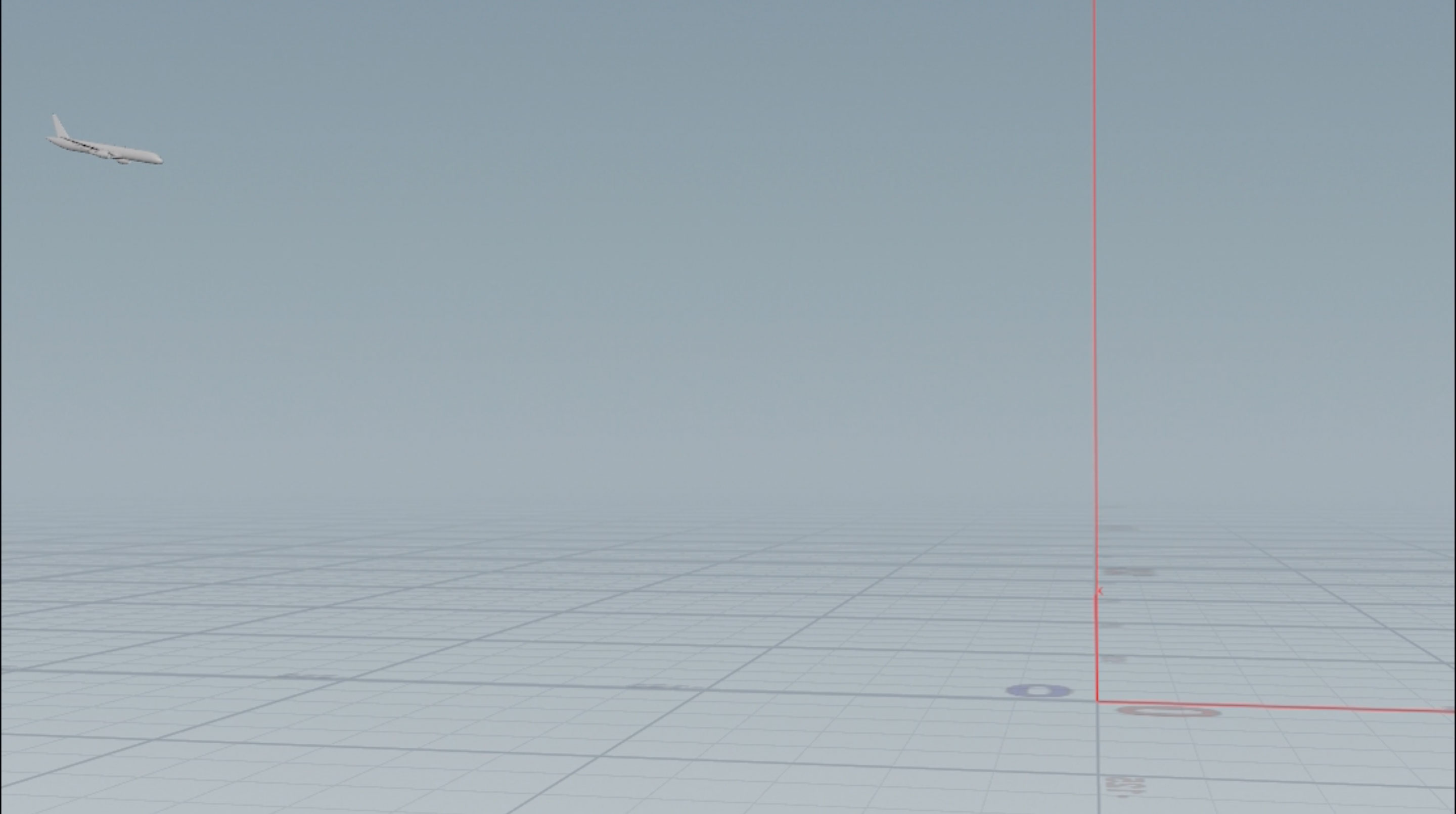
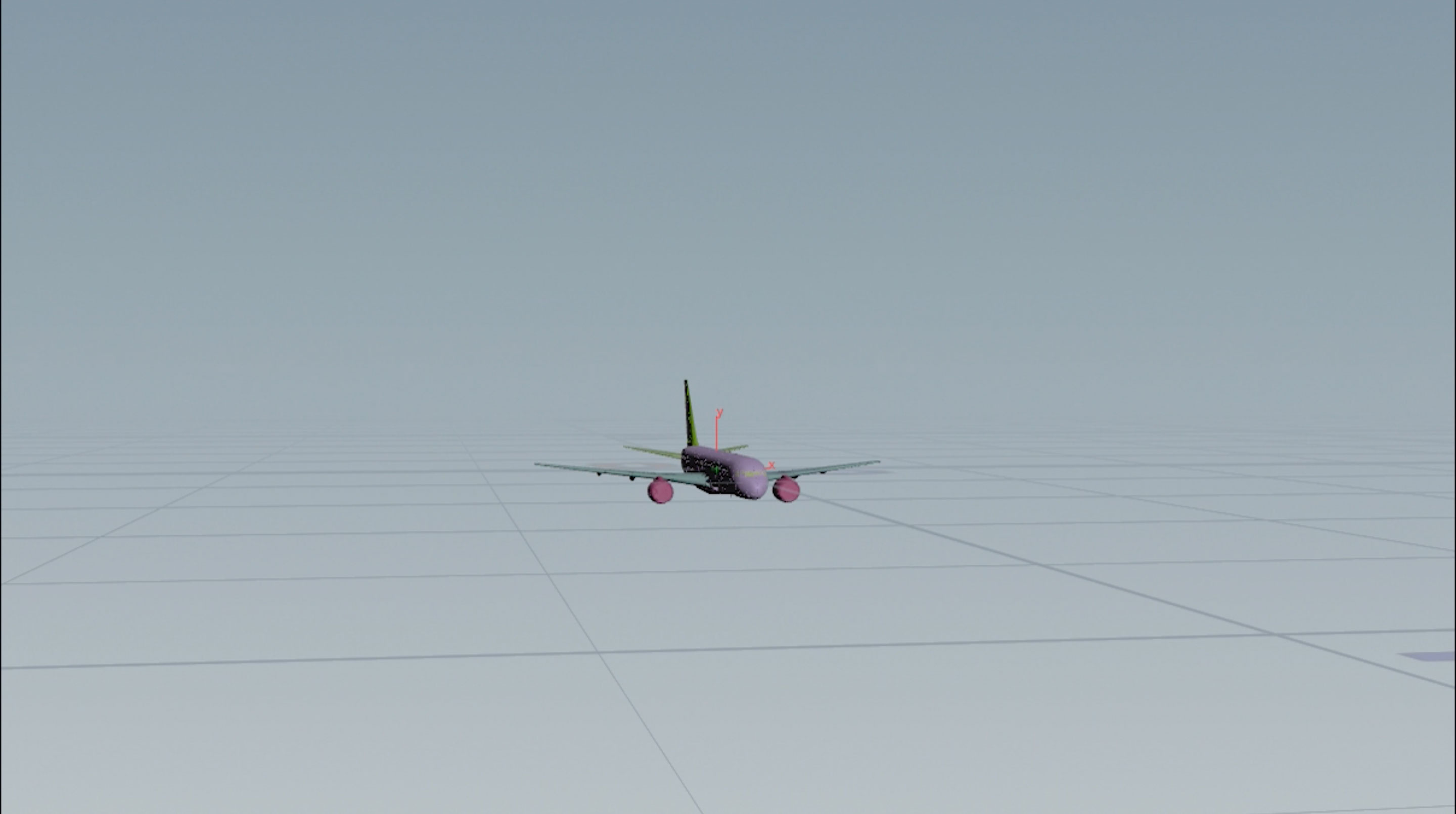


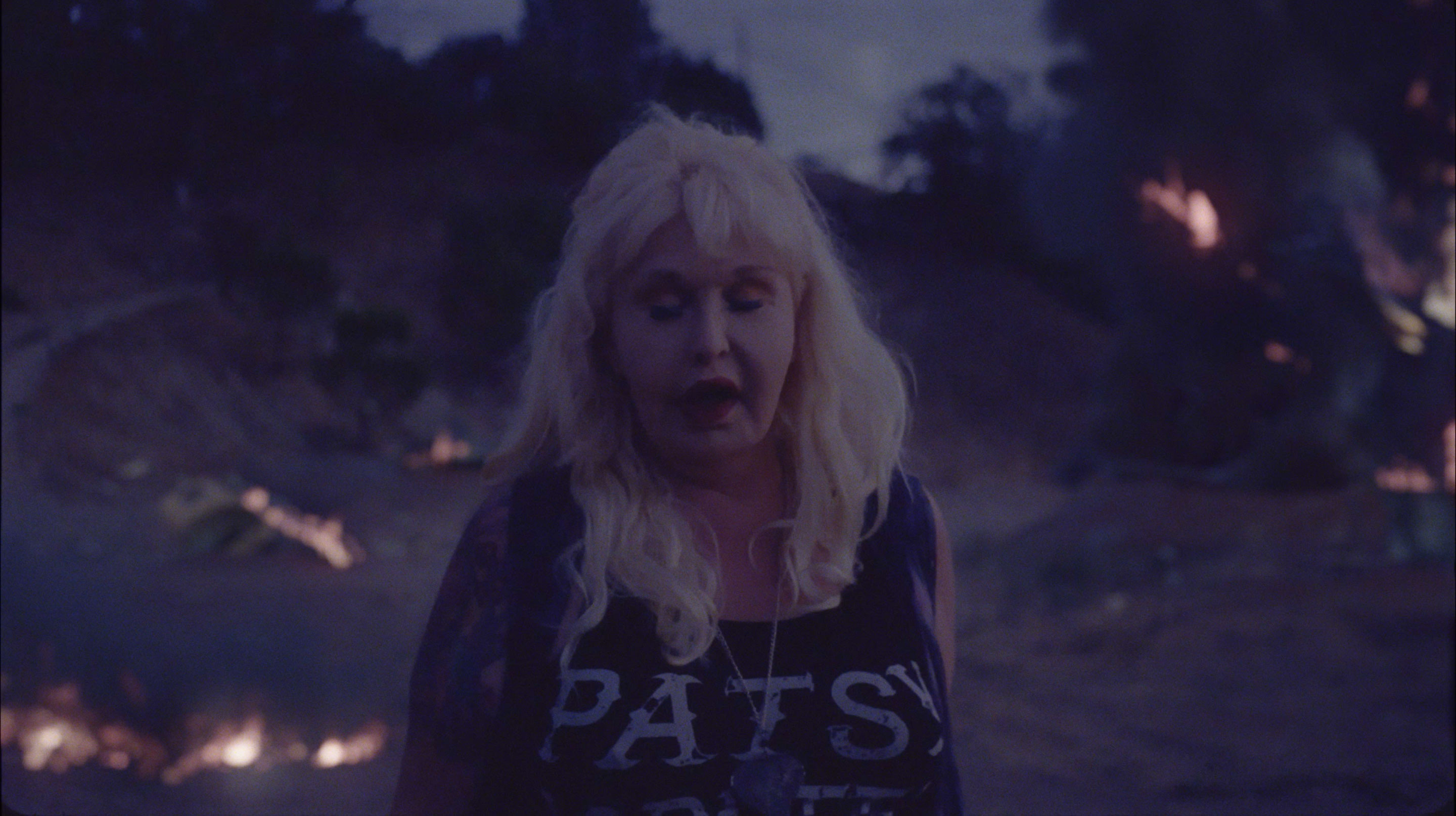
The film was edited by Whitehouse editor Adam Marshall and conformed and finished in Flame, with a color grade from Director of Color Aubrey Woodiwiss.
